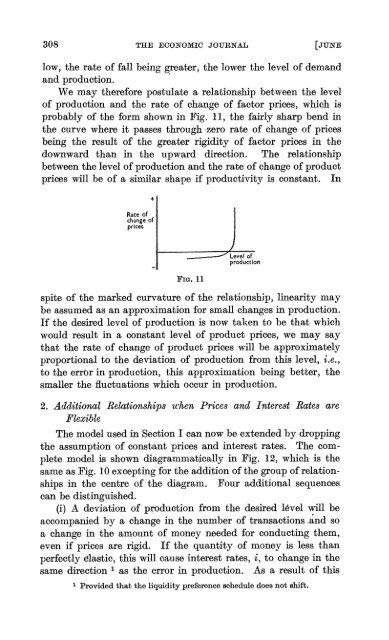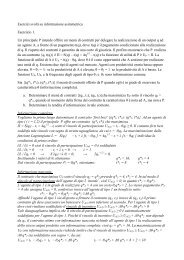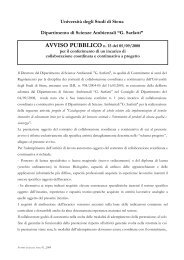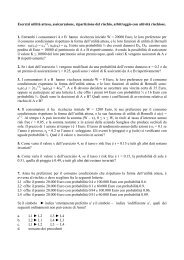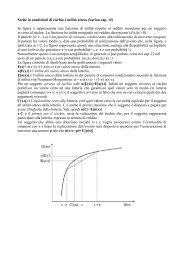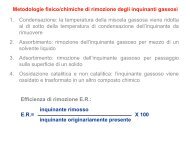Stabilisation Policy in a Closed Economy Author(s): A. W. Phillips ...
Stabilisation Policy in a Closed Economy Author(s): A. W. Phillips ...
Stabilisation Policy in a Closed Economy Author(s): A. W. Phillips ...
You also want an ePaper? Increase the reach of your titles
YUMPU automatically turns print PDFs into web optimized ePapers that Google loves.
308 TH:E ECONOMIC JOURNAL [JUNE<br />
low, the rate of fall be<strong>in</strong>g greater, the lower the level of demand<br />
and production.<br />
We may therefore postulate a relationship between the level<br />
of production and the rate of change of factor prices, which is<br />
probably of the form shown <strong>in</strong> Fig. 11, the fairly sharp bend <strong>in</strong><br />
the curve where it passes through zero rate of change of prices<br />
be<strong>in</strong>g the result of the greater rigidity of factor prices <strong>in</strong> the<br />
downward than <strong>in</strong> the upward direction. The relationship<br />
between the level of production and the rate of change of product<br />
prices will be of a similar shape if productivity is constant. In<br />
Rate of<br />
change of<br />
prices<br />
FIG. 1 1<br />
Level of<br />
production<br />
spite of the marked curvature of the relationship, l<strong>in</strong>earity may<br />
be assumed as an approximation for small changes <strong>in</strong> production.<br />
If the desired level of production is now taken to be that which<br />
would result <strong>in</strong> a constant level of product prices, we may say<br />
that the rate of change of product prices will be approximately<br />
proportional to the deviation of production from this level, i.e.,<br />
to the error <strong>in</strong> production, this approximation be<strong>in</strong>g better, the<br />
smaller the fluctuations which occur <strong>in</strong> production.<br />
2. Additional Relationships when Prices and Interest Rates are<br />
Flexible<br />
The model used <strong>in</strong> Section I can now be extended by dropp<strong>in</strong>g<br />
the assumption of constant prices and <strong>in</strong>terest rates. The com-<br />
plete model is shown diagrammatically <strong>in</strong> Fig. 12, which is the<br />
same as Fig. 10 except<strong>in</strong>g for the addition of the group of relation-<br />
ships <strong>in</strong> the centre of the diagram. Four additional sequences<br />
can be dist<strong>in</strong>guished.<br />
(i) A deviation of production from the desired level will be<br />
accompanied by a change <strong>in</strong> the number of transactions and so<br />
a change <strong>in</strong> the amount of money needed for conduct<strong>in</strong>g them,<br />
even if prices are rigid. If the quantity of money is less than<br />
perfectly elastic, this will cause <strong>in</strong>terest rates, i, to change <strong>in</strong> the<br />
same direction 1 as the error <strong>in</strong> production. As a result of this<br />
1 Provided that the liquidity preference schedule does not shift.


